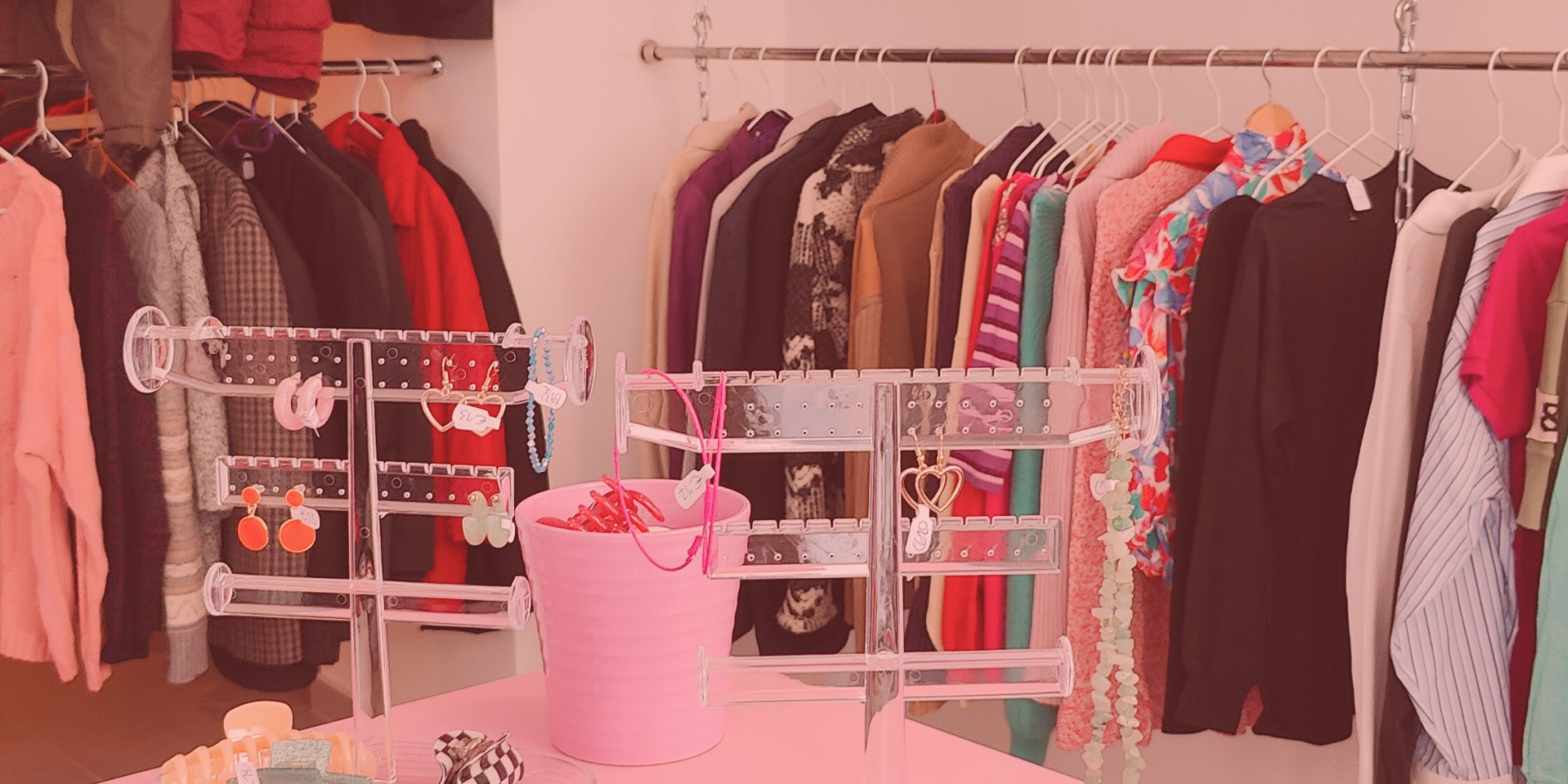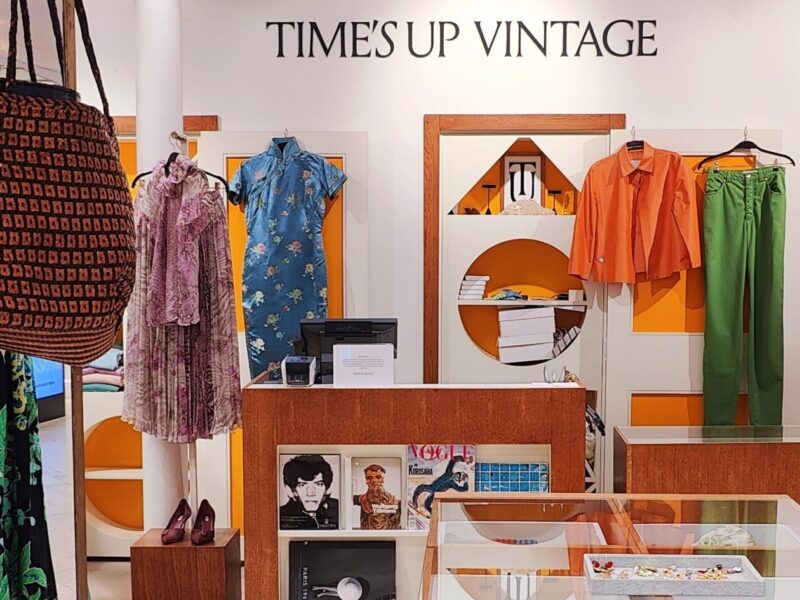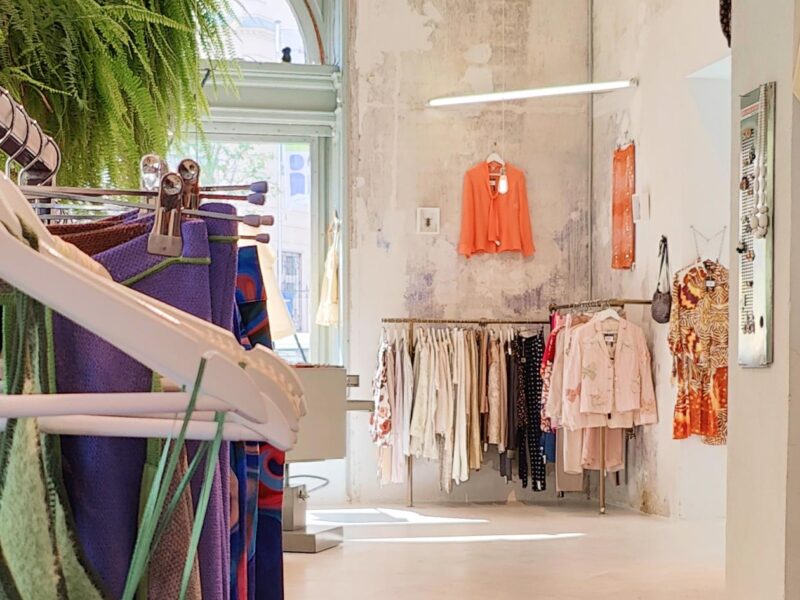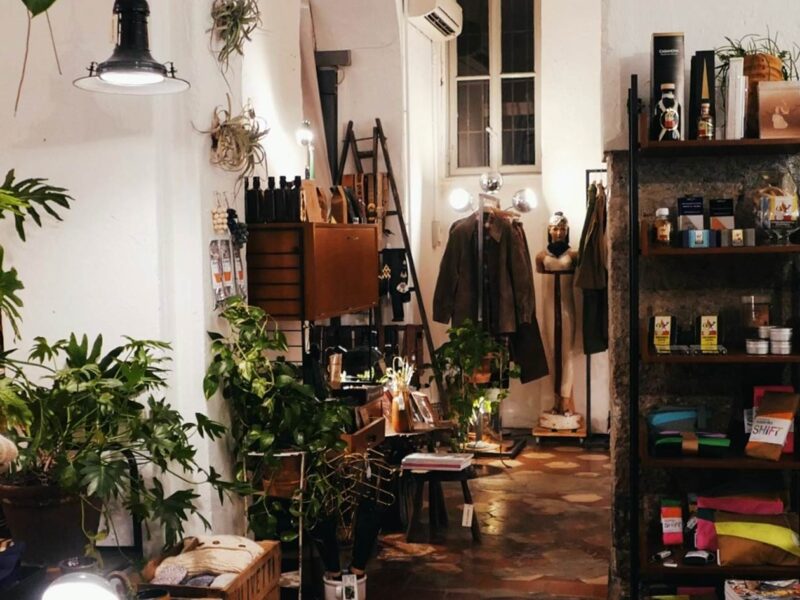In recent years, the fashion industry has been under scrutiny for its environmental impact. It is safe to say that it is for a reason. The questionable business models of fast fashion and its consequences on the planet have led many of us to seek more sustainable alternatives. But how does self-expression through clothing fit into the puzzle?
August 2023
A lifesaving (or planet-saving) alternative to fast fashion now rapidly growing is – you guessed it – shopping secondhand. Embracing secondhand fashion not only allows us to reduce our carbon footprint but also offers access to unique and individual style. Secondhand clothing isn’t just a trend; it is a movement that is poised to overtake fast fashion in the coming years, as every puzzle piece is in place for it to succeed. In this blog post, I will explore the benefits of secondhand clothing and how it contributes to a more sustainable future as well as individual style. So if you ask, why buy second hand clothes, here is your answer.
Reducing Textile Waste
Somehow, fast fashion and cheap prices have led us to stop thinking beyond the purchase. We forget to stop and ask, what happens with all the clothes that are worn only a few times. And what happens to the clothes that are not sold at all.
The fashion industry is notorious for its massive waste production, with tons of clothing ending up in landfills each year. Fast fashion’s speed-to-market business model has caused a fashion waste crisis. Take yourself to a store during the last days of sale and ask, how come suddenly all these clothes with lowered prices disappear while a whole new collection is up the following day? What happens to all these garments that are on sale?
However, secondhand clothing is here to overcome this crisis. The reality is that with the amount of clothes already made today we can easily fill our wardrobes for quite some time without shopping for new at all. The secondhand clothing market allows us to transform unwanted garments into treasures by giving them a new lease on life. This is why second hand shopping is good. Keep in mind that unwanted doesn’t have to mean trash, especially if we decide it’s not. Instead, think of it as pre-loved, or even better – think of it as clothes that you’ll love. When considering the amount of overproduced clothes in the last few decades, we wouldn’t run out of “new” clothes for quite some time, even if there was no new production at all.
According to the Fortune 500, the market value of secondhand clothing reached $177 billion in 2022 and is expected to double by the middle of the next decade. The growth rate of the sector in 2022 was 28%. By 2027, it is projected to reach $350 billion. This positive trend uniquely meets consumers’ preferences for variety, sustainability as well as value.
Lowering Carbon Emissions & Preserving Natural Resources
Who wonders, what lies behind the perfectly branded fresh overproduction of clothing?
How often do we ask what influence a single piece of clothing has on the planet? For certain brands we can name the countries of the brand’s headoffice, a fancy collaboration with a celebrity that was involved in design or maybe in some cases a specific designer. But that’s abo0ut it. We don’t really ask how something was made from raw material to fabric to dying to sewing to branded display. But we should. When you start thinking about it you also start understanding how secondhand or vintage clothes really are the way to go.
The production of new clothing involves numerous processes, from raw material extraction to manufacturing and transportation, all of which emit greenhouse gases. Opting for secondhand clothing significantly reduces the demand for new production, leading to a decrease in carbon emissions. By wearing preloved garments, we indirectly contribute to mitigating climate change. Research from ThredUP resale report has found that shoppers from all price levels are buying secondhand clothes, including luxury and mid-market consumers. What’s more, 83% of the youngest buyers, Gen Z, have shopped or are open to shopping secondhand clothes.
The fashion industry heavily relies on natural resources like water, land, and energy. By choosing secondhand clothing, we alleviate the pressure on these resources. No additional resources are required to produce secondhand garments! This is what makes second hand a sustainable choice. Instead of contributing to the extraction of raw materials, we give existing items a new life, conserving valuable resources for future generations. And it is safe to say that with the massive overproduction during the last decade, all of the clothes that you might wish for in your lifetime, are already out there.
Secondhand clothing not only allows us to pay less for more but also empowers us to dress for the planet. Fashion is the second-largest polluting industry in the world, consuming vast amounts of resources and leaving behind pollution and emissions. Fabrics are not biodegradable, and a significant portion of our purchases end up in landfills. Buying used goods instead of new extends the life of clothing and reduces the garment’s carbon footprint by 82%. By embracing the secondhand market, we reduce pressure on virgin resources, mitigate waste, and actively practice the 5Rs: Reduce, Reuse, Recycle, Reinvent, and Repair.
Personalising Your Style
Giving up shopping for new doesn’t have to mean giving up your personal style. It is quite the opposite – it will empower you to start creating your own style.
Secondhand clothing allows us to personalize our style in a way that traditional retail cannot. It can allow us to become free from trends that are fed to us month by month! The secondhand market also offers a vast variety of vintage fashion, enabling us to embrace even more styles and put our creativity to work. Vintage is really a reflection of historical trends and opens up more opportunities. For some, vintage has even became an investment portfolio. So, rather than conforming to mass-produced trends, secondhand fashion allows us to stand out and be more specific about our personal style. A new seasonal style is not fed to us in a manner that we would be in a trap of trends. In secondhand stores you will have the chance to start thinking what you really like your personal style to be like.
Younger generations are known to be the trendsetters of most eras. Millennials and Gen Z in particular are embracing secondhand clothing, with 33% and 16% respectively of shoppers buying used clothes. The appeal lies in the timeless opportunities and the chance to experiment with new (pre-loved), unique styles in a concious manner.
So why start shopping secondhand?
Embracing secondhand clothing means joining the fight on fashion. By breaking down the stigma associated with secondhand clothing, we inspire others to adopt a more sustainable and conscious approach to fashion. As fashion is cyclical, vintage styles come back into trends anyway, allowing us to embrace the past while contributing to a better future.
In a world where sustainability is crucial, secondhand clothing emerges as a powerful solution to reduce waste, combat climate change, and promote personal style. The secondhand clothing market is rapidly growing, expected to overtake fast fashion in the coming years. By embracing secondhand fashion, we actively contribute to a more sustainable future, one where we prioritize the longevity of garments, the preservation of resources, and the fight against fashion waste. Let us treasure the possibilities of secondhand clothing and make a positive impact on our planet, one stylish choice at a time. It is only us that can transform the fashion industry and create a more sustainable world that is still style-forward and exciting in terms of self-expression through clothes.






